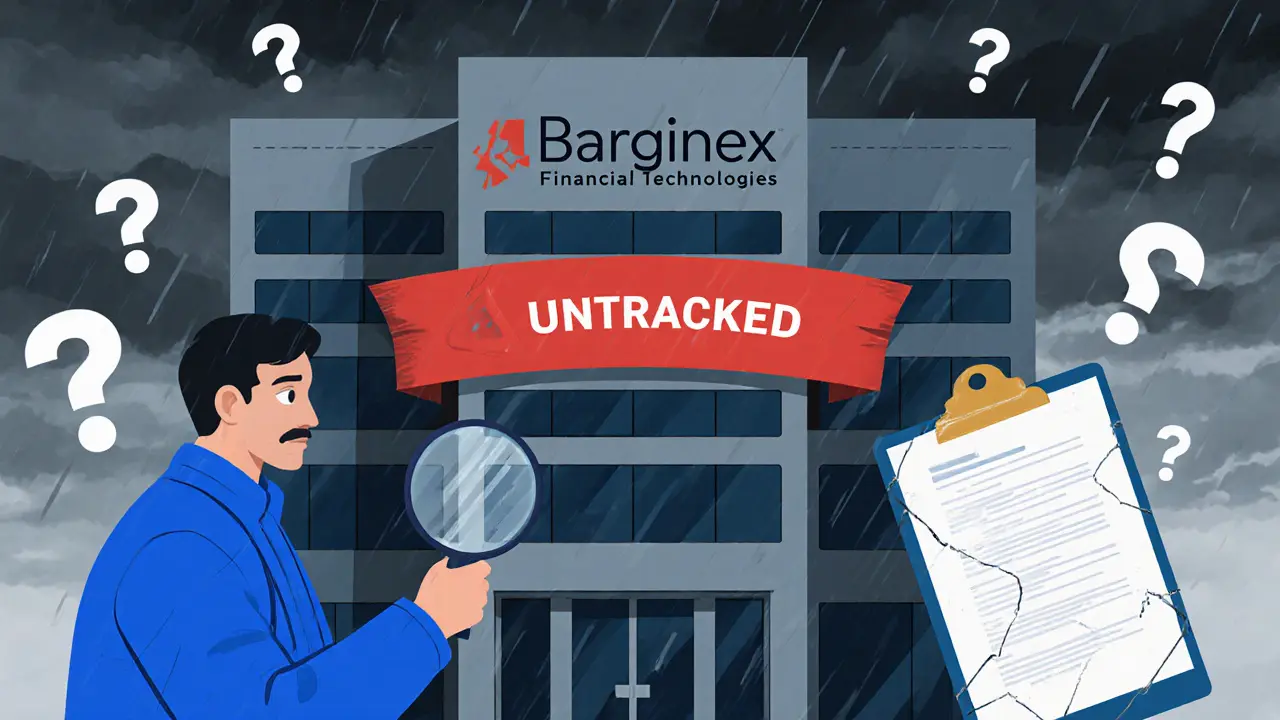Cryptocurrency Exchange Risk
When dealing with cryptocurrency exchange risk, the chance of losing funds due to hacks, fraud, poor liquidity, or regulatory actions. Also known as exchange danger, it covers everything from smart‑contract bugs to misplaced compliance paperwork. Understanding this risk starts with exchange security, the measures a platform uses to protect user assets, liquidity risk, the ability to buy or sell without huge price moves and regulatory compliance, how well an exchange follows laws and licensing rules. These three pillars form the core of the risk landscape, and each one influences the others: weak security can invite regulatory penalties, while low liquidity can make a hack more costly. Below you’ll find a curated set of articles that break down each pillar, compare real‑world platforms, and give step‑by‑step safety checklists.
Key Risk Categories and Their Impact
The first pillar, exchange security, includes multi‑factor authentication, cold storage ratios, and regular penetration testing. A platform that stores 95% of user funds offline reduces the chance of a mass theft. The second pillar, liquidity risk, is measured by order‑book depth and average daily volume; high liquidity ensures you can exit a position without slippage eating your profit. Third, regulatory compliance means the exchange holds proper licenses, follows Know‑Your‑Customer (KYC) rules, and reports suspicious activity. When an exchange fails any of these, cryptocurrency exchange risk spikes, making it a prime target for scams and fraud. Another related concept is crypto scam detection, which relies on community warnings, watchdog listings, and automated signal monitoring. Effective detection can shut down fraudulent token offerings before they drain users’ wallets. By mapping these entities—security, liquidity, compliance, and scam detection—you get a clear picture of how risk propagates across a platform.
Armed with this framework, you can evaluate any exchange with a simple checklist: does the site publish third‑party audit reports? Are its withdrawal limits flexible yet secure? Does it operate under a recognized jurisdiction? Does it have an active bug‑bounty program? The articles below answer these questions for popular services, expose hidden fees, and show how to verify a platform’s licensing status. Whether you’re a beginner looking for a safe starter exchange or an experienced trader hunting deep‑liquidity venues, the collection gives you actionable insight to lower your exposure. Dive in to see detailed reviews, risk‑scoring tables, and practical steps you can take right now to protect your crypto portfolio.
Barginex Financial Technologies Crypto Exchange Review - Red Flags & Risks
A deep review of Barginex Financial Technologies, highlighting its untracked status, missing licenses, security gaps, and safer exchange alternatives for 2025 traders.
